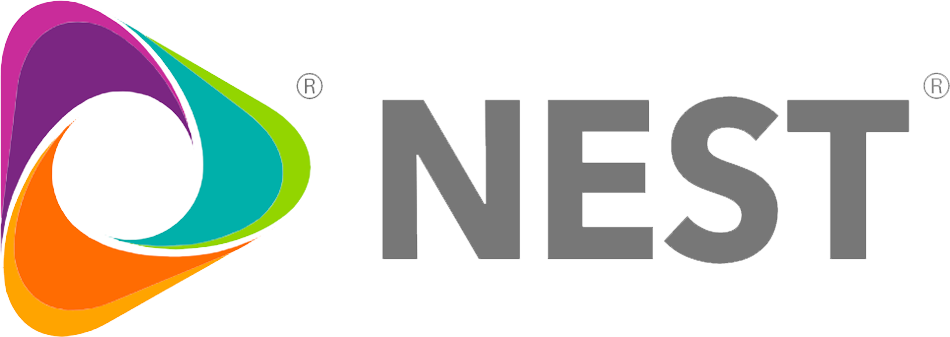Managing costs for a facilities program is a constant challenge. As facilities management (FM) programs grow in complexity and scope, managers are under increasing pressure to do more with less. Access to robust program data is critical to day-to-day program function and organizational agility一a key strategic differentiator in today’s competitive landscape.
A legacy FM program reliant on outdated technology and a siloed operational model will struggle to reach efficiencies across staffing, equipment, and time. Employee productivity, brand value, and the delivery of a quality customer experience will be impacted一and that can be costly.
Let’s take a more detailed look at six ways your legacy FM program is costing you money, right now.
1. Using a Work Order Management Platform With Limited Functionality
Work order management is at the heart of day-to-day facility operations. Optimizing processes across labor, time, and equipment helps get more done, more efficiently. This requires a work order management platform with mobile access, real-time progress reporting, access to asset history, and even inventory status.
Let’s say while doing a site lap, you notice a leak in the lawn irrigation system. When checking the valve box, you see a sensor is malfunctioning. If you have to call the office一or even return yourself一to open a work order, that’s time and money down the drain.
Modernizing your work order management platform with mobile capability, access to asset history, provider assignments, photo upload, and notes helps save precious hours in nearly all stages of the work order lifecycle一from discovery through staffing, resolution, and closeout.
2. Maintaining an Obsolete Tech Platform
If your facilities technology hasn’t been replaced over the last five years or so, chances are its maintenance costs are increasing, even as its functionality is diminishing. For example, integrating your platform with newer technologies may be impossible, or it may lack sufficient security against more recent malware or breach strategies. Your tech vendor may even start to phase out support for the system entirely.
3. Paying Costly Tech Fees
Even if tech upgrades are possible, the process is costly, and tech providers will often pass on these costs to their clients. Not only that, but service providers will often be charged the same fee merely to access the platformーand they will also pass this on to you. In short, you might end up paying the same fee, twice.
4. Segregation From Your Enterprise Resource Planning (ERP) Infrastructure
Integrated business systems that facilitate the timely exchange of data enable all business units to pull in the same direction to achieve goals. If your legacy FM program is not participating, you’re probably leaving money on the table.
Facilities performance can impact everything from employee productivity behind the scenes to the in-store customer experience. For example, if the HVAC system fails at a retail site but a service provider can't complete the fix on a first visit, that could delay store reopening and reduce foot traffic. This could dampen sales and potentially impact brand reputation, data regional managers and corporate HQ will want to know as soon as possible.
An integrated system helps ensure important data gets to those who need it more efficiently, optimizes resources across sites to resolve issues more quickly, and enables critical facilities information to be included in strategic decision making. Actionable data isn’t worth anything if no one can access it.
5. Inefficient Service Delivery
An excellent facilities management program has timely, expert, and consistent service delivery. But coordinating service needs and resources across a distributed fleetーalready a massive undertakingーis made more cumbersome by a legacy program that can’t effectively deploy what’s needed, where, and in time.
In addition, maintaining service delivery standards and pricing can’t be achieved without service level agreements (SLAs) in place, a hallmark of integrated facilities management solutions and nearly impossible to accomplish with a legacy FM program. Instead, they typically rely on outdated and costly pricing structures that include call out, overtime, and emergency fees, regardless of the level of service provided.
6. Increased Maintenance Backlogs
Maintenance backlogs are harder to manage with a legacy FM program and siloed operations. According to trade publication and website for industrial plant professionals Reliable Plant, the maintenance backlog is the number of weeks it would take to complete work already approved (but not yet started) with currently available resources.
Keeping track of your maintenance backlog, especially when emergencies requiring triage arise, can lengthen it and slow down operations with knock-on effects to your customer experience.
The ability to access asset history, status, and functionality across the teamーboth in house and outーmakes assigning crews, scheduling work orders, and sharing data more efficient, and managing maintenance backlogs significantly easier.
How NEST Can Save You Money Today
NEST’s Integrated facilities Management solution elevates facilities management beyond the limits of a legacy program. With its industry-leading work order management system, 24/7 centralized service delivery, and consultative approach, NEST enables clients to access the actionable data they need, when they need it.
Leverage 360° program visibility, improve operational efficiencies, and capture real cost savings your existing legacy system simply can’t access. With NEST, you can stop thinking tactically, use data more effectively, and move your FM program to a more strategic footing.







